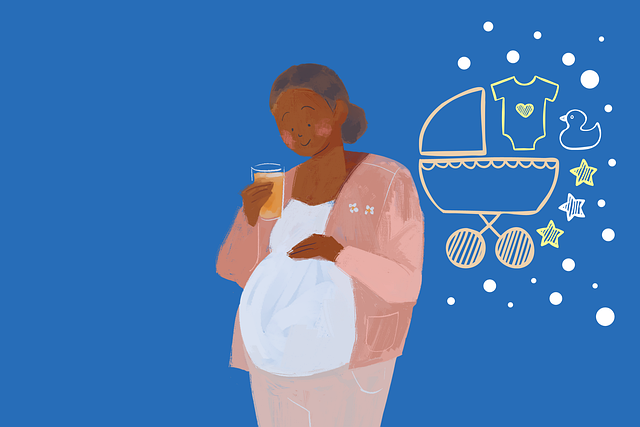Panic disorder is frequently misinterpreted, both by those who experience it and by the general public. Many individuals grapple with the severe impacts of panic attacks, often in silence. I understand firsthand how paralyzing these episodes can be. My own struggles with panic attacks began in my teenage years, leading me to moments where I felt like I was on the brink of death. The overwhelming fear often made it difficult to fully engage in life, and there were times when I dreaded stepping outside.
However, those who encounter me might never suspect anything amiss. I often come across as composed, cheerful, and even soothing to those around me. Yet, during episodes of panic, I feel anything but stable. This disconnect highlights a common misunderstanding surrounding panic disorder and emphasizes the importance of awareness and understanding.
To clarify this complex condition, I spoke with Dr. Jenna Thompson, a clinical psychologist based in Virginia and the founder of MindfulPsychologist.com. Here are some crucial insights about panic disorder:
- Feeling “Crazy” is Common During an Attack: Many individuals believe that experiencing panic means they are losing their grip on reality. Dr. Thompson reassures that this sensation is a natural response to the body’s fight-or-flight mechanism. Your mind races, but once the attack subsides, clarity returns.
- Distinction Between Panic Disorder and General Anxiety: Panic disorder is characterized by acute episodes, while general anxiety tends to manifest as a persistent, low-level anxiety throughout the day. It’s important to note that one can suffer from both conditions simultaneously, complicating the experience further.
- Embarrassment and Secrecy are Common: The stigma surrounding mental health can lead individuals to keep their panic attacks hidden. Dr. Thompson points out that many fear being labeled as “crazy” if they share their struggles. This shame can exacerbate feelings of isolation and helplessness.
- Panic Attacks Are Physical Experiences: The body reacts intensely during a panic attack, triggering symptoms such as a racing heart, shallow breathing, and dizziness. Often, individuals mistake these symptoms for a heart attack, leading them to seek emergency medical help.
- You’re Not Alone: Panic disorder affects approximately 2-3% of the population each year, with women being more likely to experience it than men. Understanding that many others share this struggle can foster a sense of community and support.
- Impact on Daily Life: Panic attacks can lead to avoidance behaviors, such as agoraphobia, where individuals limit their activities to avoid triggering situations. While this avoidance is understandable, it can severely restrict one’s quality of life.
- There is Hope and Help Available: Panic disorder is highly treatable. Dr. Thompson emphasizes that cognitive behavioral therapy (CBT) and, in some cases, medication can significantly alleviate symptoms. Incorporating practices like daily meditation can also be beneficial. Recovery requires effort and patience, but it is entirely achievable.
In conclusion, while panic disorder can feel insurmountable, it is essential to recognize that help is available. You deserve to navigate life confidently and safely. Remember, you’re not alone in this journey, and many resources, such as those found at Modern Family Blog and Healthline, provide valuable insights into coping with panic disorder and related challenges.
